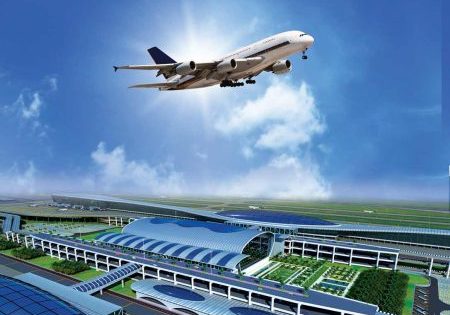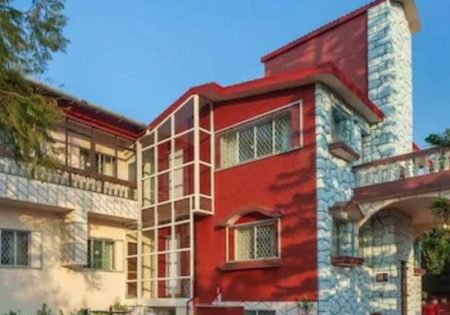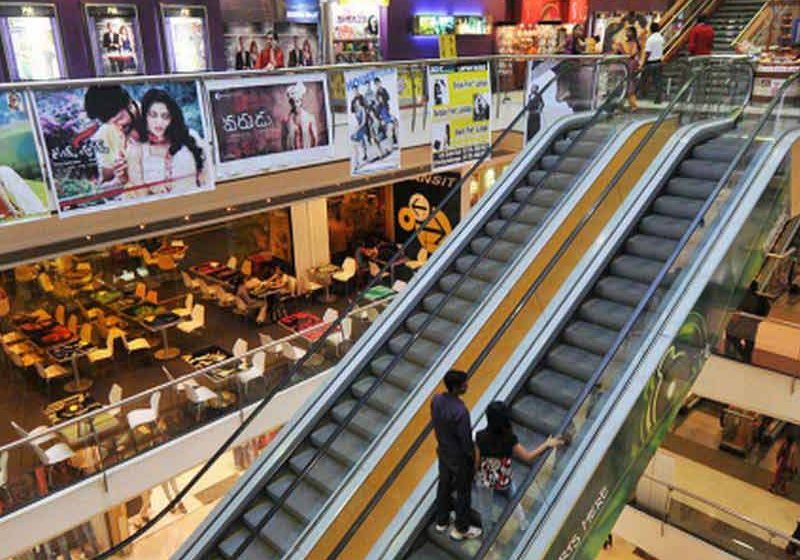Your author makes a case for vertical development in major Indian metros.
Cities worldwide are bursting at the seams. Growing population means added load on existing infrastructure. This translates into pressure on all parts of city infrastructure. The most underrated and, perhaps, the most burdened of them all could be transportation systems. Getting people from one point to another within a city is an ever-evolving issue for most urban planners and is heavily pronounced in high-population, high-density metros like Mumbai.
Consider this: a city like Mumbai has a road network length of around 2,000 km. There are roughly 2.2 million officially registered bicycles, which means there are approximately 1,100 bikes per kilometer of road length. Compound this with the fact that there are approximately 150 new cars hitting the road daily. With urbanization happening rapidly, building new roads is a possibility that only exists in the creation of newer suburbs, which, again, calls for a huge infrastructural investment. Another way to build new city roads for vehicular traffic movement is in the form of flyovers. But the irony is that by the time the flyover is built, not only has a whole lot of money and time been expended, the traffic has also exponentially increased. Thus, it is a catch-22 situation.
The other alternative form of transportation in a city like Mumbai is local trains. To counter the increasing load, the only viable option is to increase the number of rakes and lengthen the platforms, but, like mentioned earlier, the growing population keeps beating the numbers. At last count, it is estimated that around 7.5 million people travel daily by Mumbai local trains. To put that in context, that is more than the population of a country like New Zealand (4.8 million). Thus, even the rail network is overloaded. The monorail and metro rails provide only marginal relief. The main issue is horizontal transportation systems. With city conditions in a constant state of flux, despite the best of efforts, they are going to prove inefficient under present conditions.
Experts around the world, including architects and urban planners, are unanimous in their opinion that, to counter the growing population demands, cities are best planned vertically. For example, there are 100 structures built in a row along a road. It takes a valuable amount of time and energy to travel from structure number 1 to structure number 100, which usually will be by way of a vehicle. Thus, besides the time involved in reaching the destination, there will be a considerable amount of carbon emission, not to mention the land area lost due to the buildings having been built horizontally.
With urbanization happening rapidly, building new roads is a possibility that only exists in the creation of newer suburbs, which again calls for a huge infrastructural investment.
If these same 100 structures were stacked vertically, they would not necessarily make a 100-plus-story structure; it could be a 50 or 25-plus story structure, depending on the horizontal footprint of each floorplate. The first immediate takeaway would be that this would release a lot of precious urban space that could be employed for greener and more social purposes. The second, as suggested earlier, would be the cost of building vertically, which is much less than fulfilling the same parameters horizontally. The third is that though there would be a considerable amount of energy consumption by way of elevators transporting people vertically, it would be substantially less than the energy consumed by people traveling the same distance horizontally. Also, of course, the time requirement would be much less. Traffic jams are unheard of in the realm of vertical transportation (VT).
Another heartening feature is that VT systems are constantly being reassessed and refurbished for their carrying capacities, as well as for user comfort and safety. Over the years, elevators have been designed to reduce energy loads, thereby proving to be — to borrow an automobile term — more fuel-efficient.
One important heartening development is the digital monitoring of elevators. Thus, mishaps related to children and the elderly are easily addressed. These systems are also proving to be deterrents that reduce the number of crimes against women in elevators. Lastly, they have also helped reduce the number of injuries and deaths related to VT systems, which, though negligible, still represent human life. This aspect has also been addressed, to a large extent, by way of making human safety the top priority in VT design.
To conclude, as compared to horizontal transportation systems, VT systems are not only more efficient in terms of their function, they are also very low — next to negligible — in terms of human causalities. That, itself, is a huge plus.
Get more of Elevator World. Sign up for our free e-newsletter.







